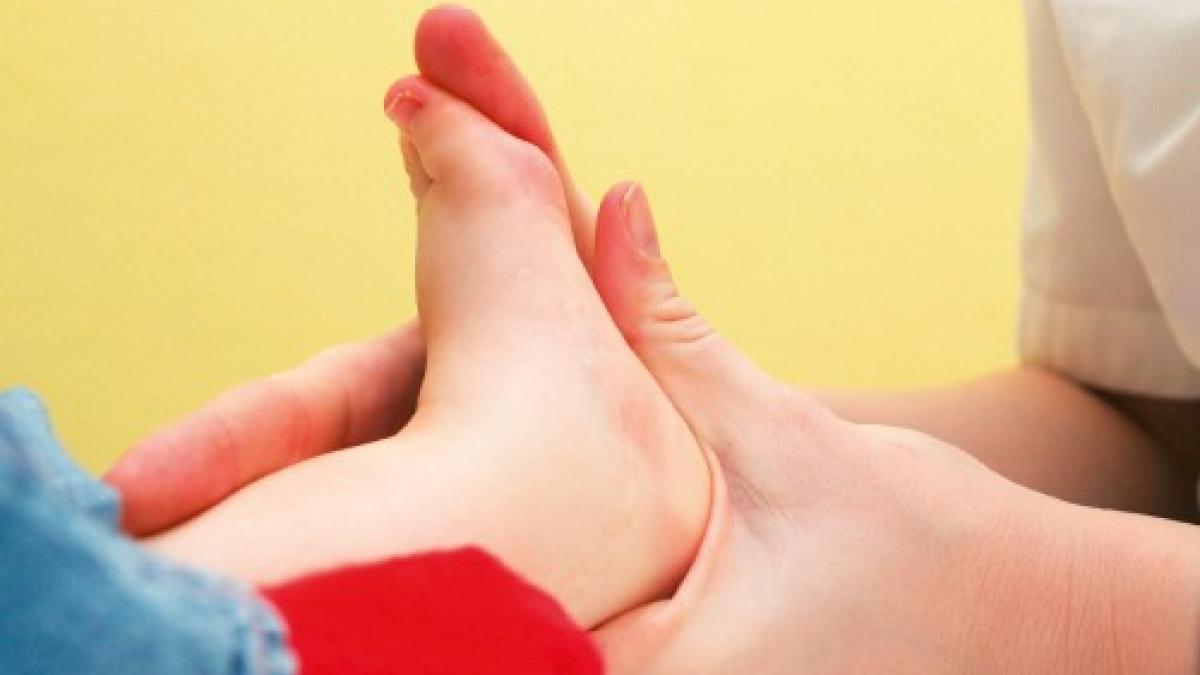Elizabeth Gray and Kerry McGarrity summarise some of the key messages from a document for physio staff recently updated by the Association of Paediatric Chartered Physiotherapists.

Our reference document ‘Working with Children’ provides guidance on good practice for physiotherapists working with children and has recently been completely rewritten, with updated content.
The publication was designed by members of the Association of Paediatric Chartered Physiotherapists (APCP), a CSP professional network, to be used as an e-document. It contains numerous embedded hyperlinks that will enable readers to further their knowledge about good practice. It is recommended for the use of all physiotherapists working with children.
The aim of the document is to assist paediatric physiotherapists in their continuing professional development. It acts as a signpost and includes links to UK government policy, specific advice for the individual countries in the four nations, publications and websites, highlighting those which impact on paediatric physiotherapy practice.
It draws together legal and ethical frameworks, and looks at issues regarding consent, safeguarding, evidence-based practice, moving and handling and much more. The guidance does not, however, replace the need for clinical reasoning and judgement.
Why do we need new guidance?
This document updates previous information and aims to give a greater depth of understanding of the issues facing the profession. For example, a recent and worrying trend has seen paediatric services being pared back.
As a result, practitioners who normally work with adult patients are seeing more paediatric patients, without always having sufficient training to do so.
It is essential that all therapists working with children do so within their scope of practice. They should not presume that children are just small adults.
Evidence-based practice
Paediatric physiotherapists have a duty to have an up-to-date knowledge of their specific area of practice to ensure that interventions are appropriate and effective. They also need clinical reasoning skills to find the best intervention for the child, family and social situation.
Sources of evidence for interventions may include research, clinical guidelines and professional networks. Others include national guidance such as national service frameworks, or guidelines from bodies including the National Institute for Health and Care Excellence (NICE) or the Scottish Intercollegiate Guidelines Network (SIGN). Other potential sources include material derived from the use of outcome measures, expert opinion and professional conferences.
Best practice guidance
The development of a UK-wide cerebral palsy integrated pathway (CPIP) is an excellent example of evidence-based practice. CPIP UK was initially developed by a group of physiotherapists and children’s orthopaedic surgeons based in Scotland.
The aim was to provide a standardised follow-up programme for children with cerebral palsy that would identify musculoskeletal problems through having regular physical and radiological examinations, such as surveillance for hip migration. The aim is to promote the timely and effective management for these problems.
The approach is based on best practice guidelines from Sweden (Hagglund et al 2007) and Australia (Wynter et al 2011). It meets the principles of care recommended in the 2016 NICE clinical guideline titled Spasticity in under 19s: management. This updated the earlier, 2012, NICE guideline, Spasticity in children and young people with non-progressive brain disorders.
Responding to the positive feedback from members of the APCP and other professionals in Scotland, the APCP has committed to establishing CPIP across the UK.
Competencies
Competence is not just about knowledge, skills and abilities or about being able to demonstrate technical skill.
It is also about thinking, reflection, critical analysis and learning. The use of competencies by healthcare workers has been identified as being important to individuals and organisations that commission and provide health services.
The APCP has developed several competency documents, such as the neonatal competence framework, to ensure that service providers meet the standards required. fl
- Elizabeth Gray is chair of the Association of Paediatric Chartered Physiotherapists (APCP), and Kerry McGarrity, is administrator, APCP.
Consent
The position on consent in relation to children is complex. Therefore, it is important to be familiar with the extensive body of literature, including statute and case law, professional guidance, health department guidance and scholarly writing, on the ethical and legal approaches to children’s consent.
The law broadly recognises three stages of childhood with respect to consent
- Children who lack capacity
If the child does not have the capacity to give their own consent (if, for example, they are too young or do not fully understand what is involved),then a parent, person with parental responsibility or the court may give consent on behalf of the child.
- Children with capacity
A child under 16 who has the capacity to make their own decisions may be referred to as ‘Gillick competent’, after the legal case that established children can make their own decisions in certain circumstances.
- Children aged over 16
All 16 to 17 year olds with capacity are permitted by law to give their own consent to medical, dental and surgical treatment. You should not share confidential information about 16 to 17 year olds with their parents, or others, unless you have specific permission to do so and/or you are legally obliged to do so.
More information
- Working with Children: Guidance on good practice, on which this update is based.
- Spasticity in under 19s: management (CG 145) the NICE clinical guideline.
Author
Elizabeth Gray chair APCP and Kerry McGarrity, administrator APCPNumber of subscribers: 3
